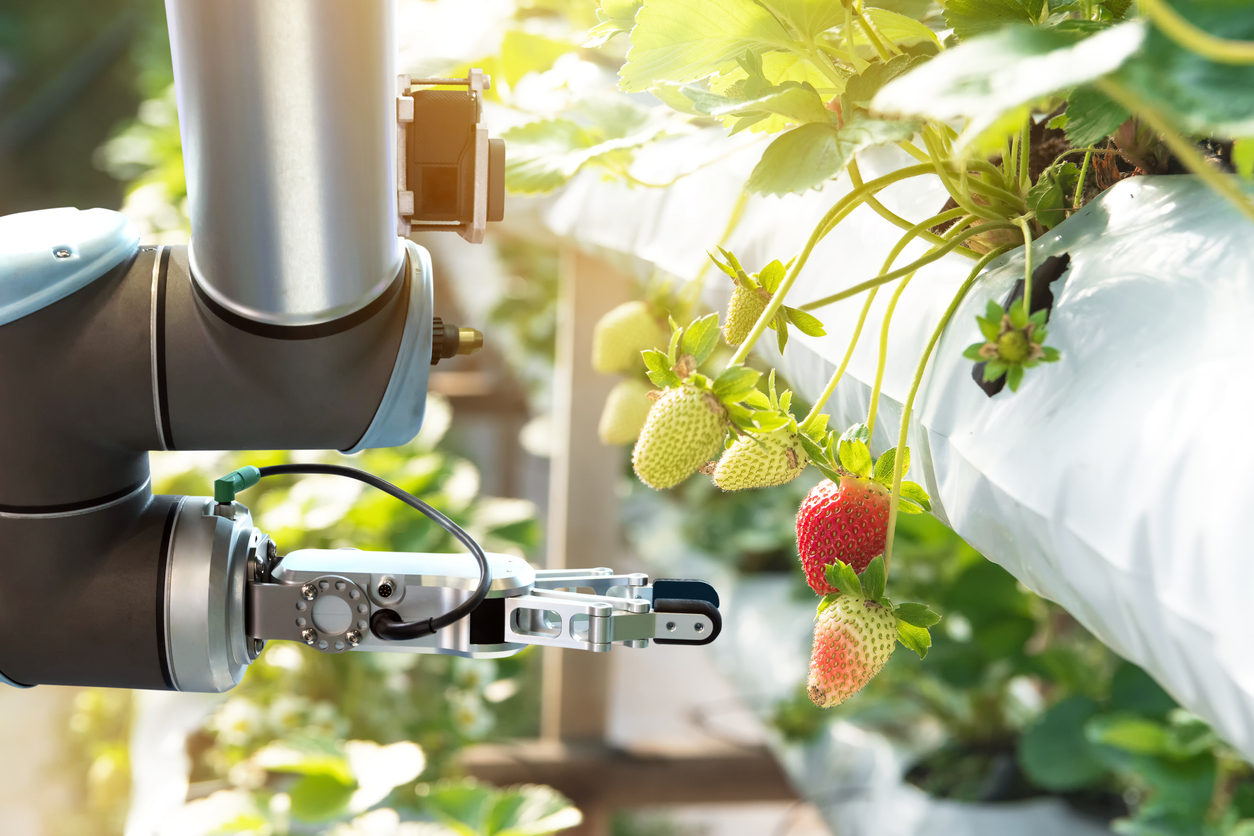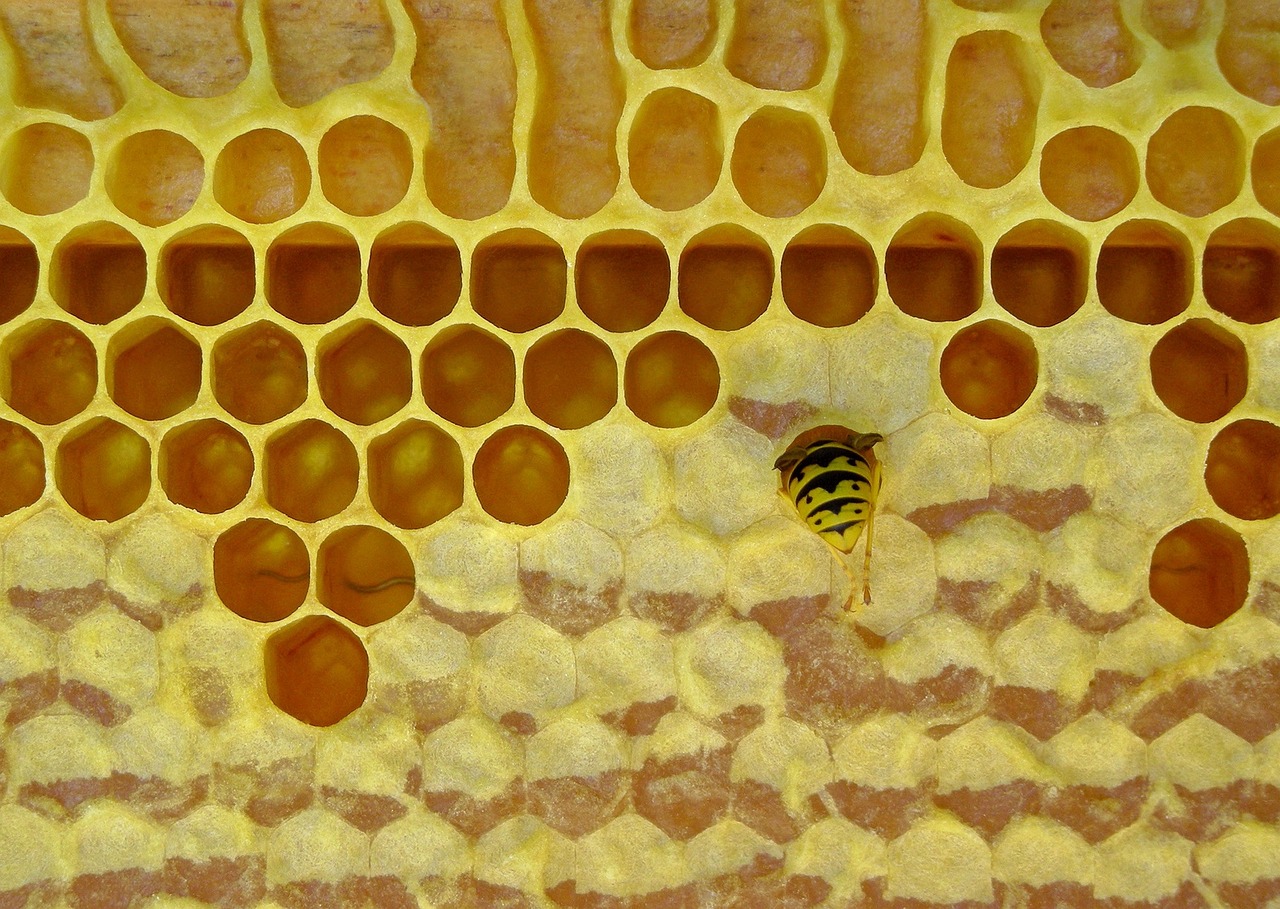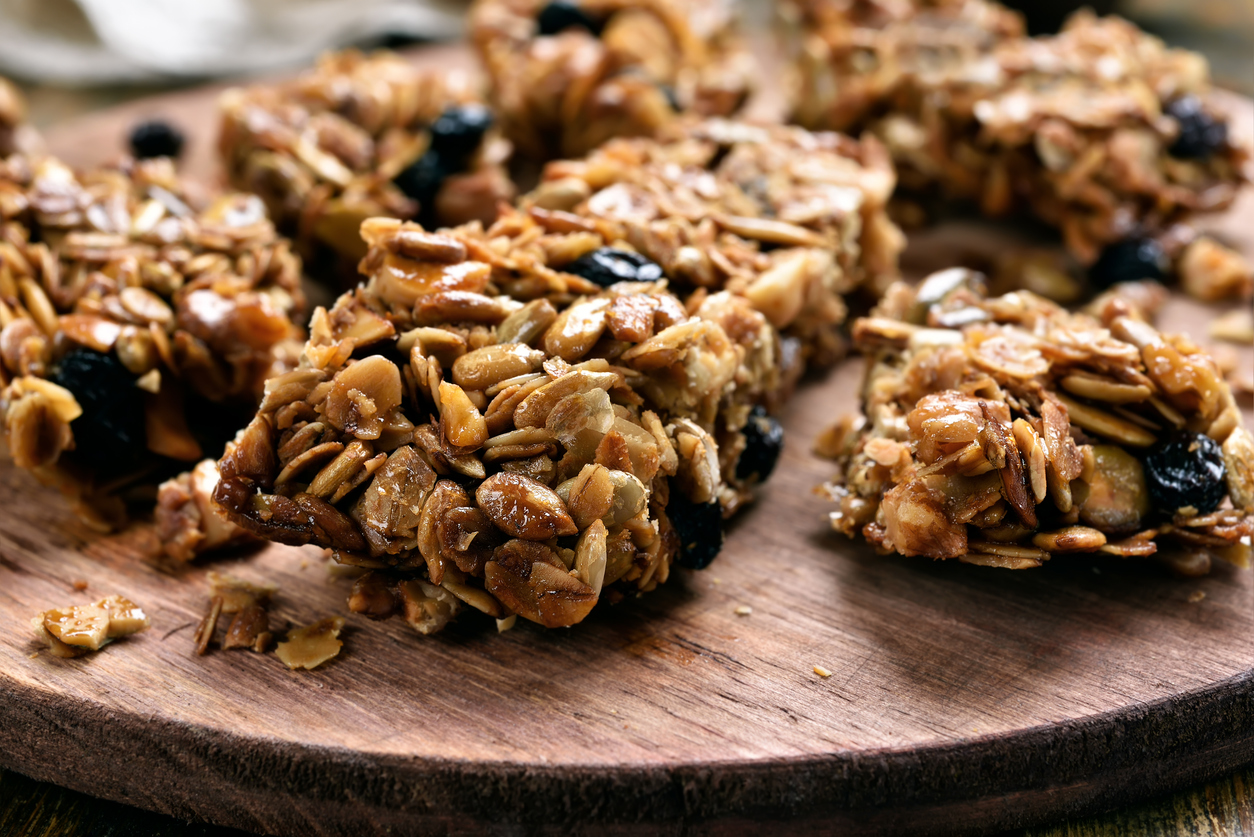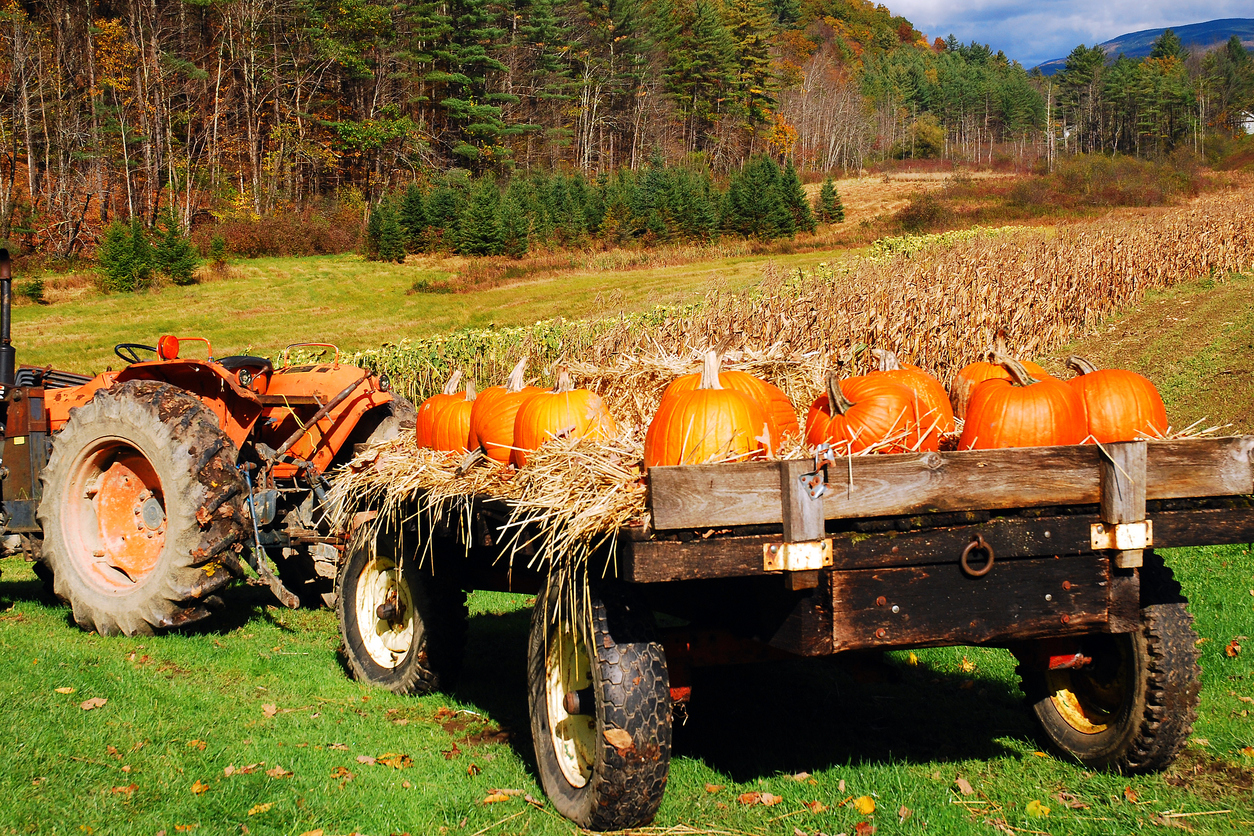Build-a-Calf Workshop
Students explore concepts of heredity in beef cattle and identify dominant and recessive traits.
Students explore concepts of heredity in beef cattle and identify dominant and recessive traits.
Students identify categories of pests including vertebrates, invertebrates, weeds, or disease and discover how pests affect the growth of crops and how integrated pest management (IPM) is used to control pests.
Students identify different machines used on farms and what they do. Grades PreK-K
Students discover what farmers do and how they help their community. Grades PreK-K

Through project-based learning, students work in groups to create a flavorful and nutritious meal for astronauts to eat in space. They experience careers in food and nutrition, food science, and marketing, research different ways to preserve foods, and discover how food is taken to and eaten in space.

Through project-based learning, students examine fruit and vegetable farms to discover the amount of manual labor required to plant, grow, and harvest some of our food. They research the business economics of farm management, the plant life cycle, and the requirements and challenges faced in reducing manual labor through mechanization or robotics. Students present their findings to an agricultural engineer to begin developing a solution to farm labor shortages.

Through project-based learning, students solve the problem of excess beeswax, a byproduct of honey bees, by developing a useful beeswax product and marketing their product to be sold in a local boutique or farmers market.

Through project-based learning, students will develop, market, and brand a healthy energy bar and packaging to be sold to a target audience.

Through project-based learning, students will work in groups to design an agritourism experience that will increase profits for a family-owned farm and provide agricultural literacy opportunities for community members.

Explore the complexity of global commodity chains that link the production and consumption of agricultural products. Discover how economics, politics, infrastructure, and other conditions affect the distribution of food throughout the world.

In this lesson students learn about water sources, water pollution, and water protection. Students participate in an activity where they demonstrate the water cycle and see the potential for our water supply to become contaminated.

After learning the five basic requirements of plant growth, students discuss terms related to hydroponics. Students then build and maintain hydroponic units from soda bottles.